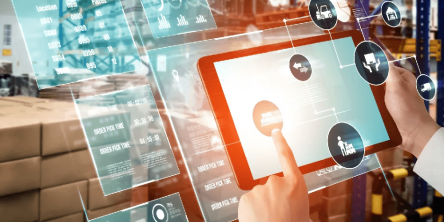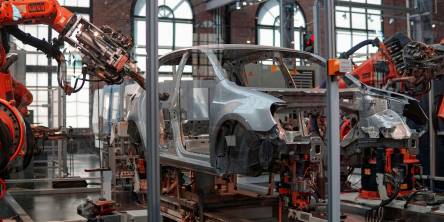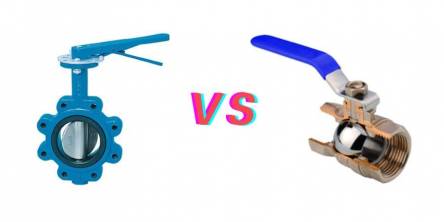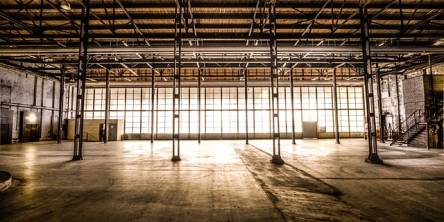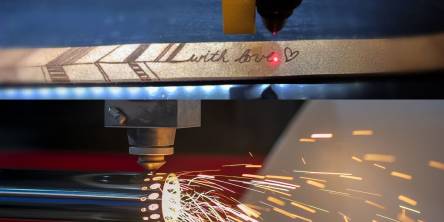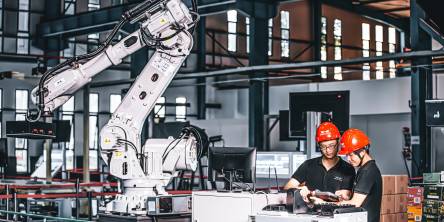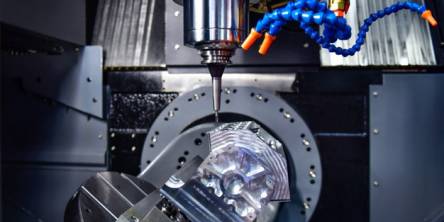What Are the Consequences of Not Maintaining Servo Stabilizers?
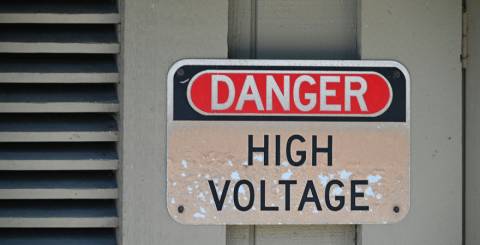
Introduction
A servo stabilizer is an important device to maintain a safe voltage range and protect your equipment from any sort of potential damage that may happen due to voltage fluctuation.
If you do not maintain your stabilizer, it will negatively impact its performance and put the connected devices at risk.
In this article, we will discuss all the negative effects of not maintaining your stabilizer and how it can threaten the safety of your devices.
Importance of Servo Stabilizer
Servo stabilizers play an important role in protecting your electrical devices from potential damages caused by voltage fluctuation. It helps your devices to smoothly operate and ensure optimal performance.
The stabilizers are designed to manage the fluctuating input voltage and turn it into a constant output voltage. It protects the electrical devices connected to the stabilizer from any sudden variation in voltage.
Servo stabilizers are used in hospitals, educational institutes, industries, residential buildings, data centres, etc. to protect sensitive equipment from any potential damages.
Consequences of Neglecting Servo Stabilizer Maintenance
There are a number of disadvantages to not maintaining the servo stabilizer; some of them are listed below:
Reduced efficiency:
One of the major effects of not maintaining your servo stabilizer regularly is the reduction in its performance.
Over a course of time, dust and debris accumulate in the internal parts of the servo stabilizers. It can cause overheating and thus reduce the performance and life span of your servo stabilizers.
The ability of the stabilizer to regulate voltage is reduced, and it puts the equipment connected to it at risk.
Increased Risk of Equipment Damage:
Along with the stabilizer's performance, the performance of the electrical devices is also impacted, and the risk of potential damages increases.
The probability of malfunction in the functioning of the stabilizer increases due to poor maintenance.
It can further lead to sudden spikes or sags in the voltage level that can damage the devices connected to the stabilizer.
If the servo stabilizer is not properly maintained, internal components like control circuits and transformers may deteriorate.
It can cause unexpected fluctuations in the voltage that are dangerous for your electrical equipment.
For example, if a servo stabilizer in an industrial setup malfunctions, it may cause harm to expensive machinery and stall the production process, which in turn could lead to financial losses.
Higher Energy Consumption:
If you ignore the regular maintenance of your servo stabilizer, it can increase its energy consumption to operate.
When the servo stabilizer's components are not maintained properly, they may draw more and more energy to compensate for the inefficiency in their ability to regulate voltage.
The more energy it consumes, the more you will have to pay for your electricity bill.
Also, excessive consumption will put an extra load on your servo stabilizer, which in turn will accelerate its wear and tear.
Safety Hazards:
Another disadvantage of irregular maintenance is that it puts your safety at risk.
The electrical devices and machines that are connected to an unstable power supply due to a failed servo stabilizer can cause short circuits, electrical fires, and damage to the machine itself.
In extreme scenarios, the malfunction of the servo stabilizer can cause damage to you and your property.
It is better to maintain your servo stabilizer regularly to avoid any potential damage to you and your property.
Costly Repairs and Downtime:
The cost of repair is more than the price of maintenance when it comes to a servo stabilizer.
The unexpected disruption will put a deeper dent in your savings than the downtime of the connected electrical devices.
It can put a stop to your entire operation and cause a delay in your work.
Such disruptions and delays can lead to financial losses and waste your time.
Unexpected expenses and interruptions can be avoided if you maintain your service stabilizer on a regular basis.
Importance of Regular Maintenance
To decrease the chances of the negative consequences mentioned above, you must maintain your servo stabilizer at regular intervals.
Scheduled inspections, cleaning, and testing of the servo stabilizer's components are important for its peak performance.
Maintenance at the right time can increase the lifespan of the servo stabilizer.
It also increases the reliability of the stabilizer in protecting your connected devices against voltage fluctuations.
Conclusion
Ignoring the regular maintenance of your servo stabilizer can lead to myriad negative consequences.
It will reduce the efficiency of the stabilizer and the devices connected to it.
It will also decrease the life span of both the electrical equipment and the stabilizer.
With reduced efficiency, the servo stabilizer will cost you more in terms of energy consumption, safety hazards, delay in operations, troubleshooting, and repair of your machinery.
Therefore, it is advisable that you invest your time, energy, and money in the regular maintenance of your servo stabilizer. It will increase the lifespan and effectiveness of your stabilizer and the devices connected to it.
In the end, it will decrease the possibility of any potential damages.
Similar Articles
Manufacturing is evolving rapidly. To improve efficiency and streamline operations, many businesses now use Enterprise Resource Planning (ERP) systems. ERP in manufacturing helps manage resources, optimize processes, and boost overall productivity.
Sintra is basically a PVC (Polyvinyl Chloride)—Expended closed-cell foam core material, simply a sheet of vinyl. It is lightweight yet rigid, versatile, and durable.
Automation enables fast production of goods and products with the least amount of cost. It also ensures high-quality products manufactured in a safe environment and competitive advantages through the best return on investment.
When comparing flow control solutions, you may encounter the decision between manual butterfly valves and ball valves. Both types offer distinct advantages and play critical roles in various applications.
Many companies love Lean Manufacturing because it makes things better. It boosts productivity, makes quality top-notch, and saves money while speeding up production. Lean Manufacturing isn't a strict set of rules; think of it as an intelligent way of thinking. It's all about cutting out unnecessary stuff (the "8 wastes") and focusing on what customers want.
Whether you’re a business owner, a supplier, a client, or just an admirer of the oil industry, there’s one thing you have to admit - this industry is among the most interesting ones in the world, and it’s getting more and more interesting every single year
Although the terms "laser engraver" and "laser cutter" are often used in the same context, there are a few differences between them. People have a huge misconception regarding the functions of both terms. In the present world scenario, laser machines can cut as well as engrave single-handedly.
The manufacturing industry, much like a lot of other industries worldwide, has been subjected to a whole lot of changes over the past few years. The cause? Lots of them but primarily the rapid evolution of technology.
The metal industry implies a diverse range of processes, skills and tools to manufacture parts, objects and even large scale structures. With the emergence of modern metalworking tools, a product receives a high level of uniformity and specificity.

